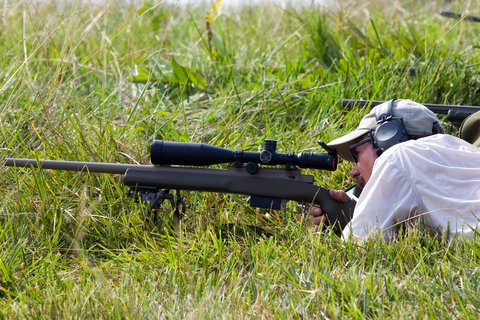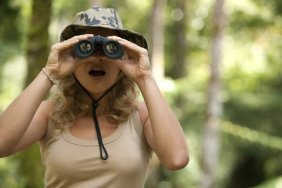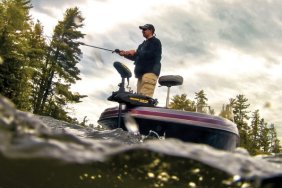It’s no secret that long range shooting has become a numbers game; a game you can easily and successfully play with enough dollars in your pocket. So even an average guy with the right equipment can be just as effective out to 400-500 yards as more serious operatives. But having the right tool for the job is not everything there is to long range shooting.
We’re not gonna talk about the the proper rifle, caliber, and ammunition selection for long range shooting, since a great deal has already been written all over the web about it. Here, we’ll focus on equally important details regarding long range shooting techniques that can up your skills in the field.
First of all, it’s important to remember that long range hunting carries with it certain risks. There is a greater chance you may wound an animal and not be able to track it down given the distance of the shot and how far away you might be before you start tracking. For some hunters, they do not consider long range hunting ethical as getting close to game is one of the biggest aspects of hunting.
But if you must, check out how professionals do it. This great video done by Ryan Cleckner, from National Shooting Sports Foundation, discusses proper shooting technique and it is an absolute must for beginners and pros alike:
Once you master proper body posture, platform setting etc. you need to check and adjust the eyepiece/ocular diopter. The best way to do it is to focus the reticle using the ocular adjustment while viewing it against a plain background such as a wall or the sky. That way you will eliminate fuzzy, blurry images you can end up with if not done right. Take a quick look at this vid on how to use adjustable objective on rifle scopes from TacticalPractical:
Next, you need to take care of and prevent Parallax problems. Parallax problems occur when your scope’s objective and the reticle are not on the same focal plane. To fix this, use adjustable parallax scopes. These scopes allow you to adjust focus distance and that way set the objective and reticle onto the same plane, reducing and sometimes even completely removing parallax error. We’ve found a great video from Gun Talk Media explaining this:
The biggest unknown in the equation of long range shooting is the wind. Granted, understanding the wind and how it influences shooting at a distance comes with experience. However, always keep in mind that the wind where you are positioned may be quite different from where the target is. If you are packed with a high-power optic try to use visible mirages to read the wind near the target.
These are some basic long range shooting tips you can use in the field that will help you become more proficient in long distance shooting. Pull the trigger and hold it. Don’t slap it, don’t lift your finger from the trigger or your head off the stock. Don’t move until the bullet hits the target. Once finished, understand what needs to be changed, and repeat.








